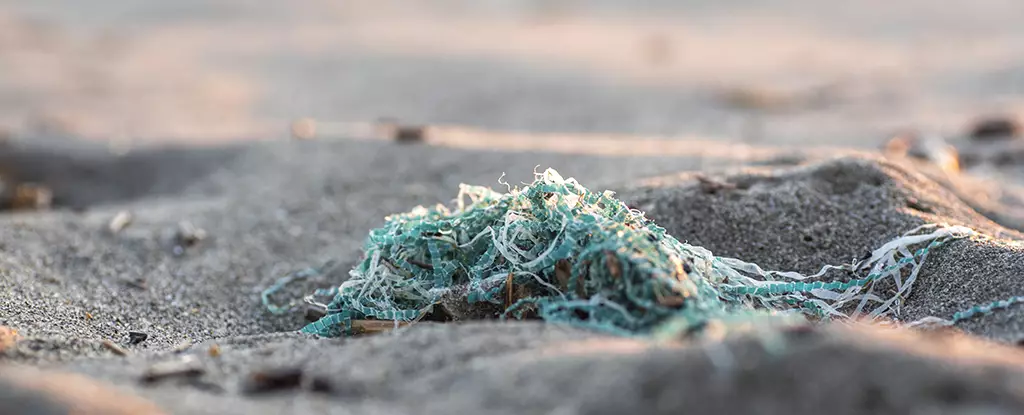In our contemporary world, pollution manifests in various insidious forms, with microplastics and per- and polyfluoroalkyl substances (PFAS) emerging as two of the most troubling threats. Microplastics, classified as plastic particles smaller than 5 millimeters, enter the ecosystem through the degradation of larger plastic items and the release of synthetic fibers. Meanwhile, PFAS are chemical compounds used extensively in manufacturing due to their unique fire-resistant properties. Unfortunately, both substances tend to accumulate in our environment, affecting ecosystems and human health in profound yet not entirely understood ways.
Recent research conducted by a dedicated team from the University of Birmingham, UK, sheds light on the exacerbated effects of these pollutants when they coexist in the environment. Their findings highlight that the combination of microplastics and PFAS can induce greater harm to aquatic organisms than either pollutant alone. Specifically, the study examined the effects on Daphnia magna, commonly known as water fleas, which play a critical role in aquatic ecosystems.
In laboratory tests, Daphnia exposed to both microplastics and PFAS exhibited up to 41% more detrimental effects compared to those exposed to one contaminant at a time. The damage included inhibited growth, delayed maturation, and a notable reduction in reproductive capacity. Intriguingly, the severity of these outcomes intensified in specimens already subjected to previous chemical exposure, further indicating a cumulative impact that compounds the challenges these organisms face in real-world conditions.
The implications of this research extend beyond lab results, resonating alarmingly in the context of ecological health and conservation. As environmental scientist Mohamed Abdallah aptly points out, understanding the synergistic effects of these pollutants throughout the lifecycle of affected species is essential. Such knowledge will not only inform conservation efforts but will also shape regulatory policies aimed at combating the increasingly pervasive presence of these contaminants in our environment.
Microplastics and PFAS bear distinct characteristics and sources. The former arises from a multitude of sources, including consumer products, industrial processes, and even the textile industry. Their particles have infiltrated the most remote ecosystems, posing threats to aquatic life and, by extension, the food chain. Conversely, PFAS are introduced primarily through industrial practices, particularly where their fire-suppressing elements are essential. Alarmingly, both pollutants have been detected everywhere from urban environments to the most isolated areas, including precipitation samples that suggest a global diffusion.
The extensive persistence of PFAS compounds in the environment is a cause for serious concern. Their slow degradation leaves these chemicals lingering, causing potential long-term impacts on wildlife and human health. Research has linked PFAS exposure to various health issues, including kidney damage and complications promoting cancerous growth. As these pollutants coalesce in natural habitats, the ramifications on species such as Daphnia must be understood more fully—a complex task that researchers are just beginning to undertake.
The study’s authors also emphasized the urgency of further investigations into the roles of PFAS in gene function, seeking to establish a clearer understanding of their long-term biological impacts. Not only do these findings contribute to our comprehension of ecological patterns, but they also underscore the pressing need for stringent regulatory frameworks. As Luisa Orsini, an evolutionary systems biologist, noted, identifying and managing the unintended combinations of pollutants in our environment is crucial for public health, wildlife conservation, and ecological integrity.
With technological advances in analytical methods, researchers have the potential to better assess the synergistic destruction wrought by multiple pollutants. This could pave the way for innovative strategies that tackle pollution more comprehensively. The findings presented remind us that the combination of microplastics and PFAS poses a dual threat that must be met with coordinated scientific inquiry and informed policy action.
Understanding the interactive effects of these pollutants not only enhances our grasp of ecological dynamics but also highlights the necessity for a holistic approach to environmental protection. By recognizing the intricate web of interactions created by pollutants, we can better safeguard our ecosystems for future generations.


Leave a Reply